
Lot 499
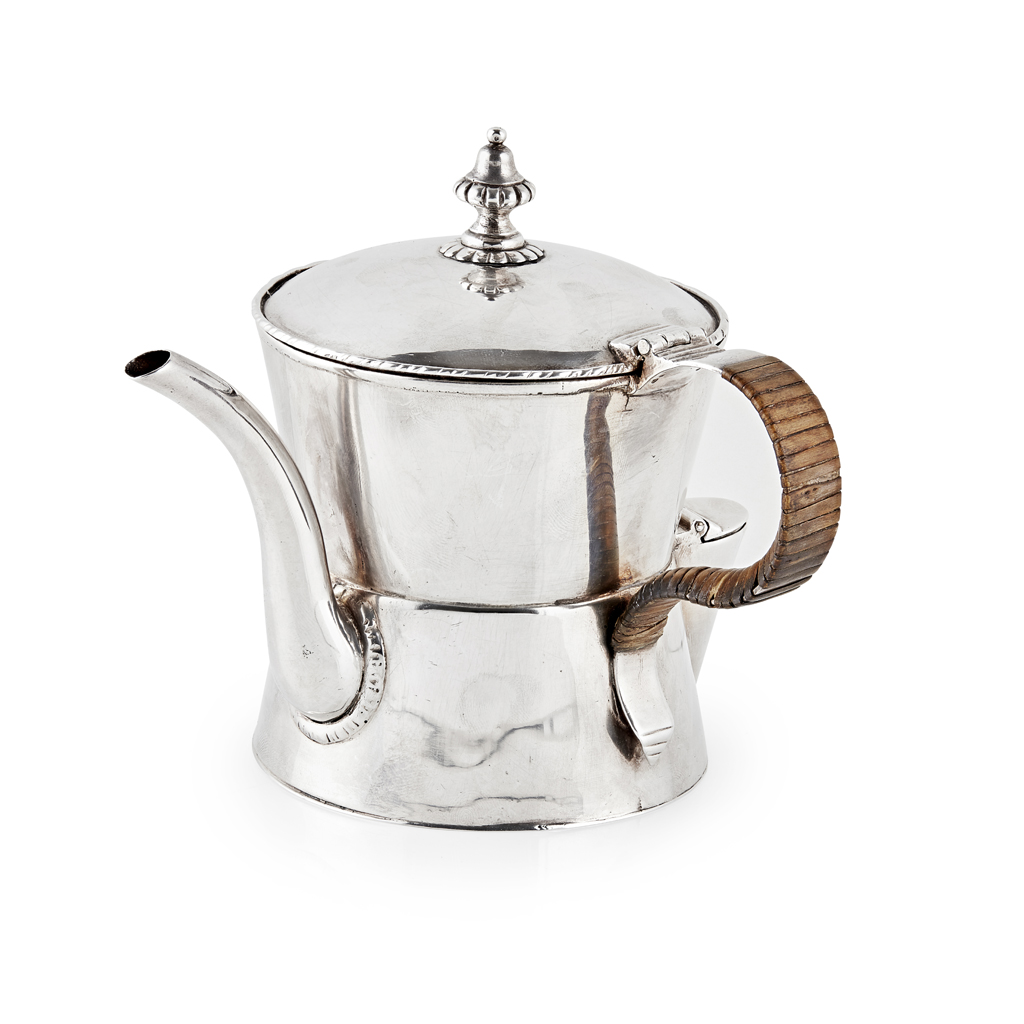
A RARE GEORGE III ARGYLL
DANIEL KER, EDINBURGH 1765

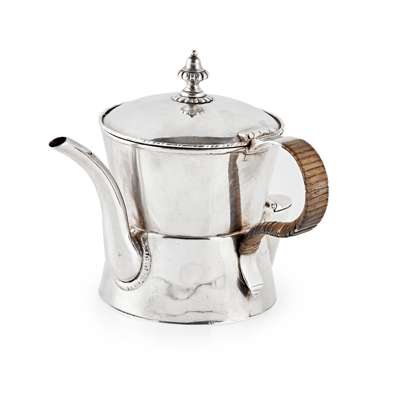
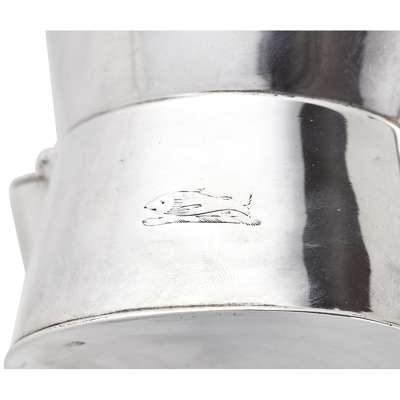
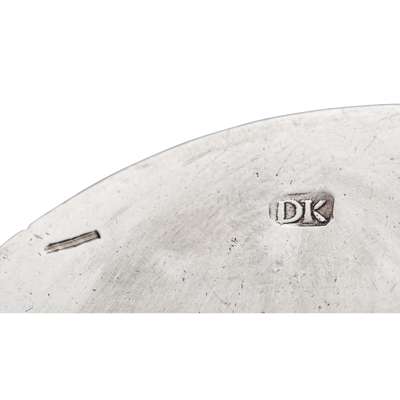



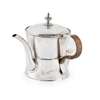

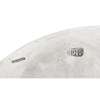
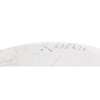
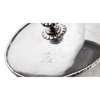
Scottish Silver & Applied Arts
Auction: 15 August 2018 at 11:00 BST
Description
the plain body with tapered upper section, domed hinged cover, simple gadrooned rim and cast acorn finial, the lower body section flared with V shaped spout, hinged cover and long slender S scroll spout to opposing side, with wicker bound S scroll handle
Dimensions
11.5cm high, 9.3oz
Footnote
The crest as engraved is upon the balance of probability that of the family of M’Lean. It may be blazoned as follows:
Crest: A salmon naiant proper
Although there is a dearth of information upon this family of M’Lean, several authorities state that this crest was borne by the family who were at one-time resident at Dundee in the County of Angus. Although it is not known whether the M’Leans, of Dundee were related to the M’Leans, of Duart, Coll, Mull or Ardgour and other branches of the family on Scotland’s western seaboard, the Dundee M’Leans certainly bear one or two similar charges in their arms.
Provenance:
Sir John Noble of Ardkinglas collection
Bonham's Edinburgh, 'Jewellery, Silver, European Ceramics & Glass', 13th December 2012 lot 357
Notes:
Scottish silver Argyll's are remarkably rare with as few as two recorded. The only other recorded within The Compendium of Scottish Silver is dated 1776 by Patrick Robertson of Edinburgh and is in the collections of the National Museum of Scotland. There seems no simple explanation for this rarity as the use and need for such items would have been as standard in Scotland as it was in England and further afield.
The Argyll takes its name from the story that it was 'invented' in the mid-18th century by the Duke of Argyll (it is assumed the 3rd Duke of Argyll due to the earliest known surviving example being London made in 1755). It was considered necessary as gravy was arriving cold to the dining room after its long journey from the kitchens on the lower levels of the house. The simple addition of a second wall of, well in the base filled with hot water or in some cases a capsule for a hot metal bar to be inserted meant that the heat emanating from the hot water / bar would keep the gravy warm.
They were also produced in ceramics and in 1774 it is noted Josiah Wedgewood was selling 'Gravy Cups' which were his very similar answer to the same problem.
They were produced from around the 1750's till 1800 and while never common graced many important dining rooms around Britain.











